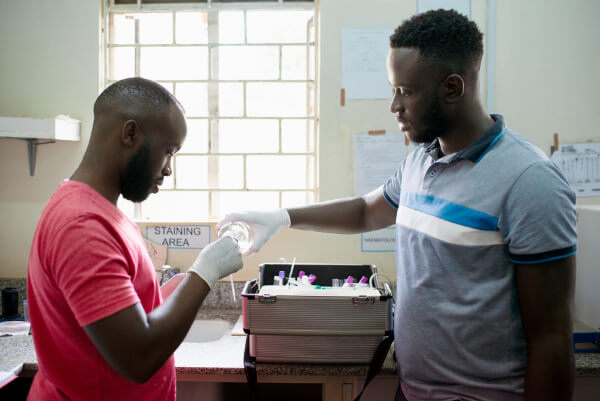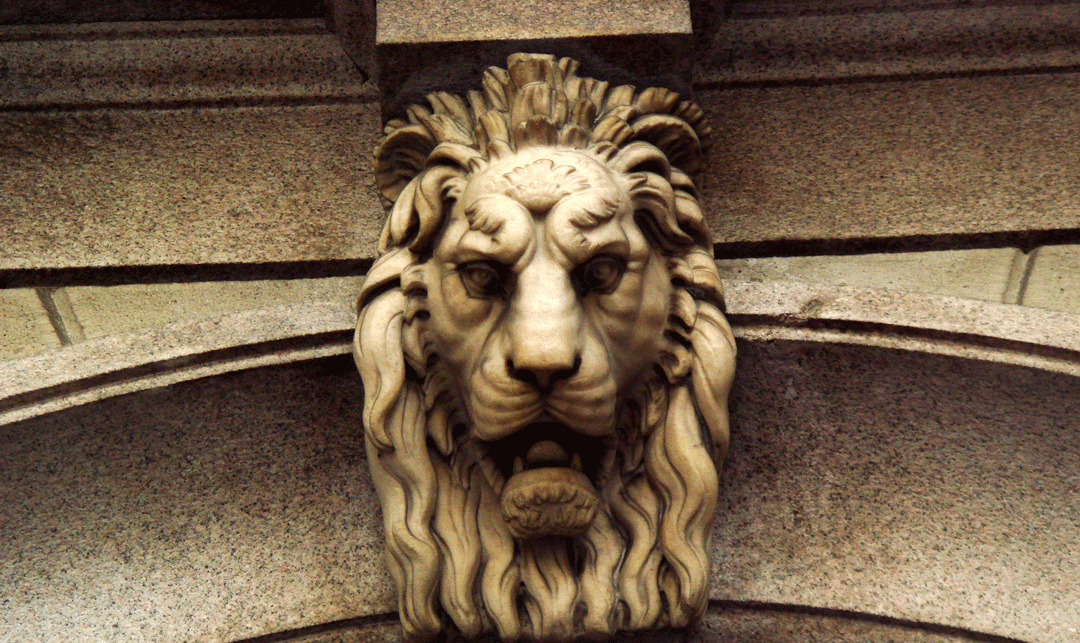This past January, soon after the New Year, Professional Bull Riders (PBR) stormed into Madison Square Garden (MSG) for the 15th time.
The venue, known as the “World’s Most Famous Arena” is one of the marquee stops on the PBR tour, which is broadcast on CBS and seen globally in hundreds of millions of homes. Yet when 20 bull-riding cowboys broke away from the rodeo in the early 1990s to form a standalone bull-riding league, they had no idea they’d one day be competing in Midtown Manhattan.
In fact, when PBR first began hauling 750 tons of dirt, a half mile of steel corrals, and dozens of bucking bulls to the iconic fifth-floor arena above Penn Station, there was skepticism.
Early in the tenure of America’s original extreme sport at MSG, a bull rider named Pistol Robinson was caught up in a terrible wreck. The bull stomped him, breaking both his legs. He was transported to the hospital, where an ER doctor asked him, “How did this happen?”
“Riding a bull,” Robinson said.
The doctor didn’t believe him. “There’s no bull riding in New York City!” he said.
Robinson pled his case. He was telling the truth.
The doctor along with nurses attending to the rider were wondering whether this banged-up guy in cowboy boots was drunk.
Finally, Robinson capitulated: “OK, OK. I got hit by a cab. Can you please fix me up?”
PBR no longer has to convince anyone that cowboys ride bulls in the Big Apple. Our sport regularly sells out MSG, Bridgestone Arena in Nashville, T-Mobile Arena in Las Vegas, and other big arenas coast to coast.
One part of the appeal is the high-energy presentation of a wholly unique sports-entertainment hybrid. Nowhere else can fans see a lightweight (140-pound cowboy) taking on a heavyweight (1,800-pound bull bred to buck) in the same arena with an official entertainer keeping the crowds laughing between the eight-second bursts of mayhem.

Sean Gleason with 2020 PBR Buck Off at the Garden winner Joao Ricardo Vieira, holding the event’s Charging Bull trophy designed by legendary sculptor Arturo di Modica.
This year, when PBR held its annual VIP party at MSG’s Hulu Theater leading into its marquee NYC event, one of the bull-riding “majors” that awards points and prize money, several billionaires were present signing the front page of the Wall Street Journal, which that morning had broken the news of PBR’s big expansion, launching a new league of bull-riding teams. Banners of the new bull-riding teams representing Arizona, North Carolina, Oklahoma, Missouri, Tennessee, and Texas draped the walls.
The Wall Street Journal connected the money, attention, and glitz surrounding a sport that began in rural America to the success of the ranch drama Yellowstone on Paramount, the most-watched cable series of the past two summers. (Its November 2021 season 5 premiere was viewed by 14.7 million people, according to Adweek, a larger primetime audience than any show that week, including Sunday Night Football.)
As much as media and sports business pundits were buzzing about the “Yellowstone effect,” the truth is, rodeo’s roots run centuries deep across the Americas. For the past 30 years, PBR has taken the torch to advance and promote the western sport and lifestyle, driving a cowboy renaissance that paved the way for our expansion. The new league of eight bull-riding teams, each based in a home city, playing home games in a 10-event regular season schedule, will start in July 2022, culminating in a playoff and championship in Las Vegas in November.
A formidable roster of team owners has seized the opportunity to join an already established sport familiar with their respective teams’ cities with a growing partner base that includes 10 new PBR national partners signed in 2021 alone. The owners include technology investor Egon Durban, co-CEO of Silver Lake (whose investment portfolio includes the Manchester City Football Club, Madison Square Garden Sports and New York City FC); entertainment disruptor Thomas Tull of Teton Ridge (who has a stake in the Pittsburgh Steelers); legendary entrepreneur Johnny Morris (who owns Bass Pro Shops and is building the spectacular Thunder Ridge Amphitheater in the Ozarks to be the home arena of his bull-riding team); retail impresario John Fisher of the Gap (who owns the Oakland As and San Jose Earthquakes); and legendary newsman Billy Morris of Morris Communications (with media outlets now promoting bull riding).
If it took the runaway success of Yellowstone to reintroduce the appeal of cowboys to millions of Americans, PBR will gladly accept a push from those tailwinds.
As part of Endeavor Group Holdings , we are capitalizing on the increasing attraction to wide-open outdoor spaces, the enduring lure of the West, and the growing appeal of straight-talking cowboys to take make our biggest play yet—taking an already exciting sport to new heights by adding professional coaches, bigger local events, and new fan interests.

Sean Gleason sanitizes the chutes during the first round of the Guthrie Las Vegas Invitational Unleash The Beast PBR. Photo by Andy Watson.
When our league is up and running, beginning in Cheyenne, Wyo., in July, accompanying the very successful Unleash the Beast tour (which will hold a condensed season to crown its world champion in May), we anticipate compensation for the average top-level bull rider will double. With the advent of teams and a better payday, the next generation of athletes around the world may see greater opportunity in choosing bull riding as a career.
This summer, when fans attend our first official bull-riding “games,” they’ll be witnessing the most exciting development in a three-decade-old sport rooted in centuries-old traditions that still has tremendous, unlocked potential for growth—because here, and everywhere, the world loves cheering on genuine cowboys.
Sean Gleason is CEO and commissioner of Professional Bull Riders.













































